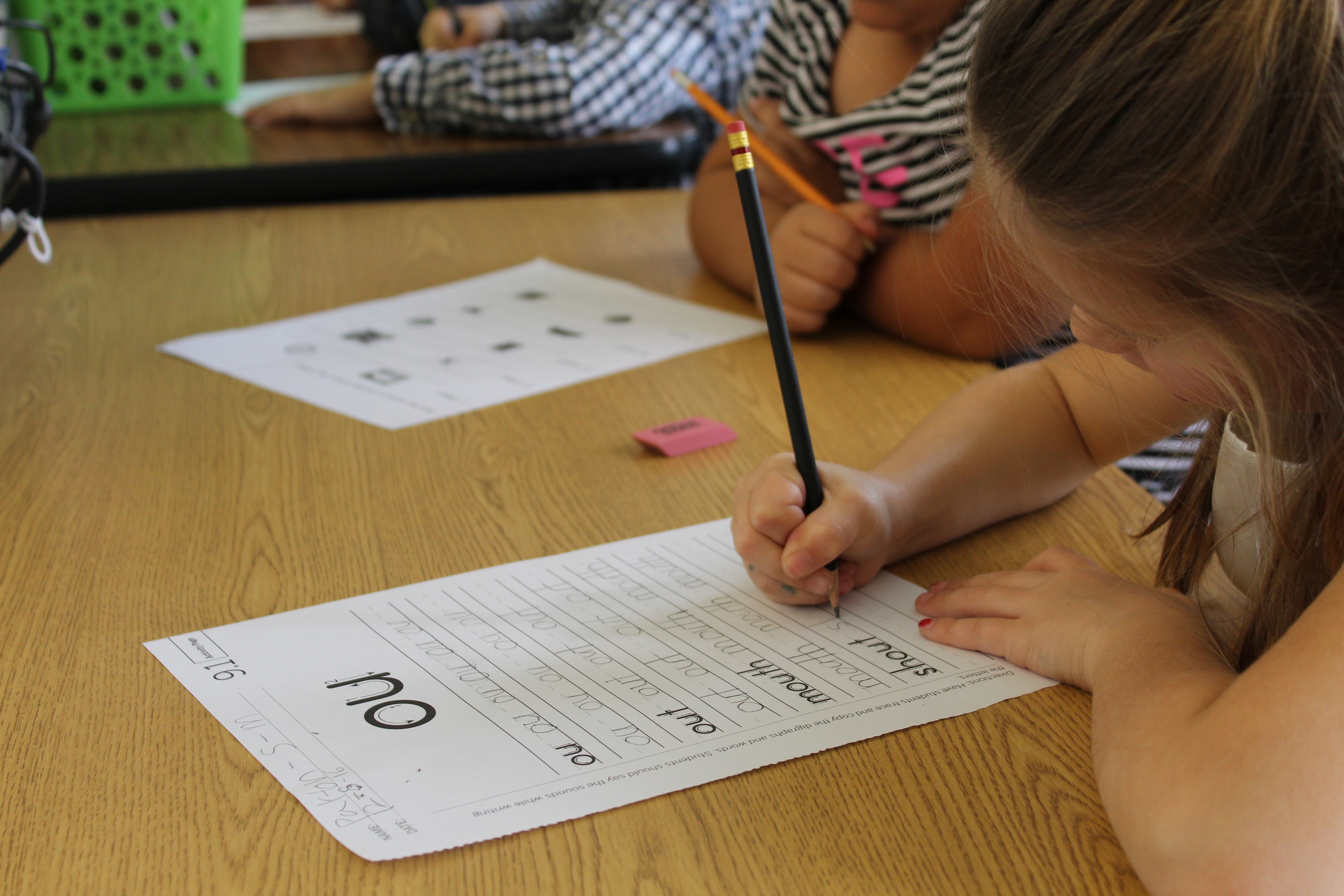“Mr. and Mrs. Dursley, of number four, Privet Drive, were proud to say that they were perfectly normal, thank you very much. They were the last people you’d expect to be involved in anything strange or mysterious, because they just didn’t hold with such nonsense.”
Quick: close your eyes and recall as much as you can of the above passage. You probably don’t remember all of the exact wording. But we’ll bet you had the basics: the Dursleys live on Privet Drive; they don't get involved with weird goings-on; after all, that’s nonsense.
What you just did there was more than a Harry Potter-themed memory exercise. It was actually a lot of work. Your brain swiftly built a structure that researchers call a mental model—a network of idea units, as illustrated below—in a crucial process that leading researchers now call microcomprehension.

And here’s the thing: when it comes to reading, microcomprehension matters. Why is it so important, and how can you help students, especially those who struggle, do it better?
Let’s put it this way: until now, what we’ve thought of as “comprehension” is actually macrocomprehension. That’s the work one does with that mental model to identify a theme, say, or a character’s beliefs (see graphic). But micro- and macro-comprehension are actually distinct processes.
And without microcomprehension, there’s no macrocomprehension. Microcomprehension comes first. If a student builds a poor mental model from a text (micro), their answers to any larger question about it (macro) will be similarly poor. For example, if they fail to notice that the narrator's goal is not what he says it is, they will struggle to answer any comprehension question about The Tell-Tale Heart. Giving them more practice at answering macro questions—which is what comprehension strategy instruction focuses on—won't help. It’s addressing the wrong problem.
So what to do? Teach skills that support microcomprehension. These are the skills that help readers create, organize ideas in, and enhance their mental models (and researchers say there are as many as 17 of them). They include: gap-filling inference (reading “Carla forgot her umbrella and got soaking wet,” and concluding that it rained), sentence structure processing (understanding syntactic relationships among words based on their positions in a sentence), allocating attention (determining which text elements are central vs. trivial and focusing on the central ideas), figurative language processing (identifying and interpreting simile, metaphor, personification, and the like), applying text structure (using prior knowledge to identify the genre of text, e.g. persuasive essay, tragedy, whodunit), and comprehension monitoring (going back and re-reading when something doesn't make sense, rather than shrugging and plowing ahead).
Targeted approaches and interventions can anticipate and address these stumbling blocks and help students build better mental models as foundations for comprehension. Such as:
- Modeling the skill with a think-aloud (“I’m wondering why Mary is in a hurry”) and creating opportunities for students to practice doing the same.
- Close reading instruction. Whether you are unpacking the puns in Amelia Bedelia or the descriptive details in Number the Stars, you’ll be working word-by-word to determine not only what a text says but how it conveys that meaning. Dissecting sentences in this way can help reveal and illustrate the micro-level processes at work (or where they may be lacking.) (Teachers should make sure the text is not so complex that it combines multiple microcomprehension and vocabulary challenges and overwhelms the learner—at least until the basic skills have begun to be automatic.)
- Asking questions that help students organize and enhance their mental model, for example: Which information is vital and which is detail? Who does the pronoun “he” or “she” refer to? Was our protagonist literally “hanging by a thread”?
As you laser-focus on these component skills, you will also gain a greater awareness of the differences among your students in their ability to build accurate and complete mental models as they read. And that, in turn, will enable you to support them even more specifically and directly.
How have you seen microcomprehension—or challenges to it—play out in your classroom? How might you apply these approaches? Or have you already? Or just want to learn more? Let us know—or send us your questions—by tweeting @amplify.
Share this post


.png)

